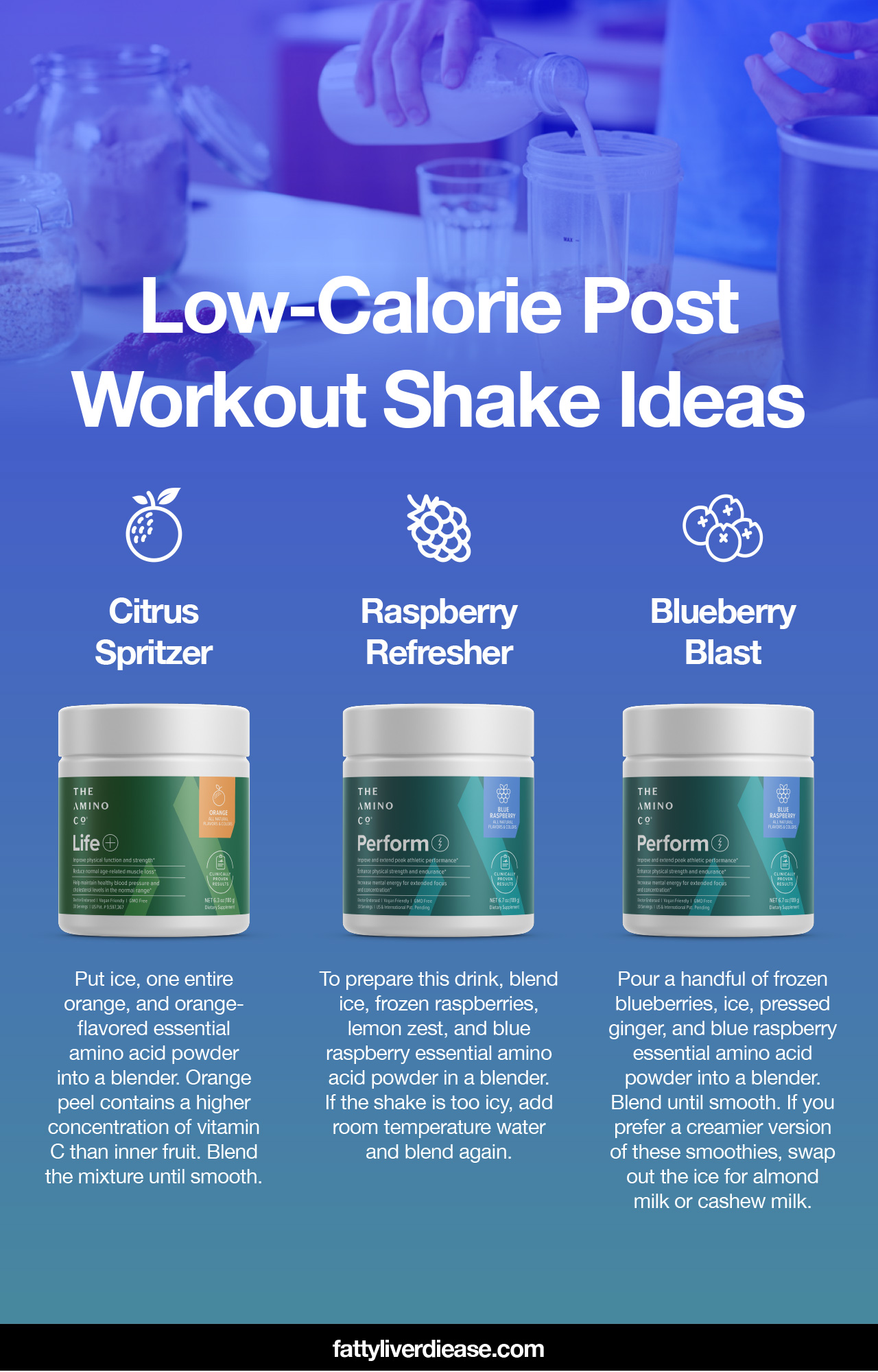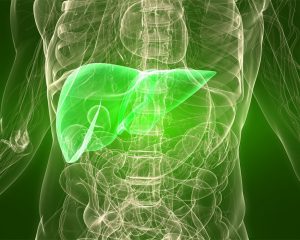After a workout, the body is in need of energy and nutrients to support recovery. A post workout shake can be an extremely helpful tool in making sure your recovery is as quick as possible. You don’t need to buy an expensive protein shake at a shop; a homemade protein shake can be just as effective and delicious while being more cost-effective!
Find out what makes a post workout shake effective as well as recipe ideas for post workout shakes.
Why Do You Need to Recover After a Workout?
During a workout, the body expends a lot of energy and uses up stored energy in the muscles, known as glycogen. Moreover, strength training challenges the muscles and induces tiny tears in muscle fibers, known as microtears. Repairing
After a workout, the body needs the resources to replace glycogen and repair muscle tissue. Resources must be obtained from nutrition, which is where post-workout shakes come into play.
Components of a Post Workout Nutrition
A post-workout smoothie must contain several components, and the best recovery drink contains a few of these key elements. Though it’s not necessary to include every single component in every shake, these are the most important components of a post-workout shake.
1. Protein
Protein is one of the most – if not THE most – important components in post workout recovery. Protein provides amino acids that the body requires to carry out nearly all biological processes. Getting the right number of grams of protein is important for supporting muscle recovery.
Beyond the number of grams or protein, consuming high-quality protein sources is crucial to supporting muscle building. In particular, dietary protein offers amino acids, which are indispensable to human health and serve as building blocks of all protein-based compounds in the body. Essential amino acids are nutritionally indispensable and required on a daily basis. The body requires optimal ratios of essential amino acids on a daily basis to synthesize muscle protein, connective tissue, hormones, neurotransmitters, and enzymes. Protein is vital after a workout to encourage muscle protein synthesis and repair and mitigate muscle soreness.
Both animal protein and plant protein can provide essential amino acids. However, only animal sources of protein such as lean meats, dairy products, and fish can provide optimal ratios of essential amino acids. In order to get balanced ratios of essential amino acids from plant protein, it’s important to eat a variety of plant protein sources on a daily basis, such as nuts, seeds, beans, whole grains, and soy products.
2. Carbohydrates
Contrary to popular belief, carbs are not the enemy. In fact, carbs are absolutely crucial when striving to complete intensive workouts, build muscle tissue, and recover. Carbohydrates are macronutrients that can be readily broken down into energy in the form of glucose. The body uses carbohydrates to fuel workouts and to replenish glycogen stores. Getting enough grams of carbohydrates each day helps power you through workouts while helping replenish glycogen in your muscles.
3. Antioxidants
Antioxidants are tiny compounds that help combat oxidative stress. By reducing oxidative stress, antioxidants help cells and organs carry out their duties more effectively. This means that a diet high in antioxidants can help your body repair more efficiently following a workout.
Whole foods – especially fruits and vegetables – are rich in antioxidants like polyphenols and carotenoids. To boost the antioxidant content of your diet and facilitate muscle repair, reach for foods like blueberries, raspberries, strawberries, cherries, oranges, apples, kale, broccoli, spinach, and cauliflower. Furthermore, an antioxidant-rich diet improves metabolic function and can even aid weight loss.
4. Calories
Getting enough calories is important for giving your body the energy it needs to recover from a tough workout. Calories supply individual cells with the energy needed to carry out all necessary processes. Getting a sufficient number of calories in your daily routine is crucial to supporting a fast recovery. On average, an adult needs around 2,000 calories on a daily basis. However,
5. Water and Electrolytes
When you work out, the body loses a significant amount of water and electrolytes. In order to feel your best and to recover quickly, the body requires the intake of water and electrolytes. It may be a good idea to add electrolytes tablets to your water to rehydrate after a tough workout. Hydration is also a critical part of your pre-workout routine. Without proper hydration, you won’t be able to exert yourself during the workout and you will also feel ill.
Post Workout Shake Recipe Ideas
Here are a variety of tasty post-workout shake ideas to help you recover after a rigorous workout. We’ve included a variety of shake ideas to fit into your specific dietary preferences.
1. High-Calorie Shakes
When you want a shake to both serve as a post-workout beverage and a meal replacement, it’s important for shakes to contain sufficient calories. Here are a few high-calorie, high-protein shakes that you can prepare as a meal replacement.
Chocolate Peanut Butter Shake
To prepare this shake, it’s important to first peel and freeze frozen bananas about a day before you plan to prepare the shake. In a blender, add two frozen bananas, 2 tablespoons of peanut butter, 1 tablespoon of cacao powder, 2 tablespoons of flaxseeds, and skim milk. You can adjust the amount of milk to the desired consistency of the shake; if you want a thicker shake, use less milk. Blend until smooth and enjoy.
Strawberries and Cream Shake
Add frozen strawberries, frozen bananas, vanilla whey protein powder, and skim milk to a blender and blend until smooth. Enjoy this smoothie as a post-workout shake and meal replacement. To boost the fiber content of this smoothie, add ground flaxseed and ground chia seeds.
Cherry Chocolate Shake
To prepare this shake, add frozen cherries, frozen bananas, chocolate whey or casein protein powder, ground flaxseeds, and skim milk to a blender and blend until smooth. To increase the creaminess factor of your shake, add nonfat Greek yogurt. Greek yogurt is an excellent source of both protein and probiotics. This shake is packed with potassium, essential amino acids, and antioxidants to meet your post-workout protein and nutrient needs.
2. Plant-Based Shakes
If you are following a vegan or plant-based diet, you can still enjoy all of the benefits that a post-workout shake has to offer. Here are some ideas for plant-based shakes that only use vegan ingredients.
Coffee Shake
Why not make a shake that is not only packed with healthy ingredients but also coffee, for extra energy? This shake is particularly energizing after a morning workout. Prepare a refreshing coffee shake by combining cold brew coffee, ice, frozen bananas, pitted dates, and your favorite dairy-free milk in a blender.
Green Tea Shake
Like a coffee shake, a green tea shake is an energy-booster that also offers balanced workout nutrition. Combine cooled green tea, vanilla protein powder, ice, a little bit of matcha powder, pitted dates, and your favorite plant-based milk in a blender.
3. Keto Shakes
Individuals following a keto diet eat very low-carb foods and enjoy foods that are higher in fat and protein. Here are a couple of keto-friendly shakes to fit into your post-workout routine.
Avocado Green Machine
Add sliced avocado, spinach, kale, pressed ginger, the juice of one lime, keto-friendly vanilla protein powder, a handful of ice cubes, and almond milk. This shake is chock-full of healthy fats, antioxidants, and protein the body needs to recover.
Coconut Key Lime Shake
To prepare this shake, combine a serving of coconut cream, almond milk, keto-friendly vanilla whey or casein protein powder, ground flaxseeds, ice, pressed ginger, and half a lime. This combination offers protein, healthy fats, and antioxidants to help facilitate a fast post-workout recovery. Blend until smooth and enjoy.
4. Low-Calorie Shakes
If you are striving for weight loss and are watching your calorie intake, you may be interested in low-calorie shakes that support recovery without the extra calories. Here are a few recipe ideas.
Citrus Spritzer
This light drink is refreshing and low-calorie, but offers a complete balance of essential amino acids. Put ice, one entire orange, and orange-flavored essential amino acid powder into a blender. Orange peel contains a higher concentration of vitamin C than inner fruit. Blend the mixture until smooth.
Raspberry Refresher
To prepare this drink, blend ice, frozen raspberries, lemon zest, and blue raspberry essential amino acid powder in a blender. If the shake is too icy, add room temperature water and blend again.
Blueberry Blast
Pour a handful of frozen blueberries, ice, pressed ginger, and blue raspberry essential amino acid powder into a blender. Blend until smooth. If you prefer a creamier version of these smoothies, swap out the ice for almond milk or cashew milk.
Additional Post Workout Tips for Recovery
A post workout shake will provide your body with the resources it needs to rebuild muscle fibers and replenish glycogen. However, there are additional steps you can take to facilitate the recovery process and help your body make the most of the post-workout shake.
1. Other Post Workout Beverages
It can be difficult to fit all of the components of post-workout recovery nutrition into a single shake. For example, it’s impossible to include enough water in a shake to keep you hydrated. Instead, it’s important to incorporate other post-workout beverages into your routine. For example, if you are very active, it’s important to aim to consume around 3 liters of water per day.
2. Avoid Junk Food
Though occasional treats are completely fine, eating too much junk can significantly impact the recovery process. To expedite the recovery process, steer clear of foods that contain saturated fat, added sugar, sodium, and preservatives. These ingredients increase inflammation and slow down cellular processes.
Instead, stick to whole foods like fruits, vegetables, nuts, seeds, beans, lean meats, and low-fat dairy products. These food provide your body with the nutrients they need to synthesize muscle protein and increase muscle strength.
3. Alternate Muscle Groups
When engaging in strength training workouts, it’s a good idea to alternate muscle groups and avoid working out the same muscle groups on two consecutive days. For example, if you focus on the upper body one day, it’s best to then focus on the lower body the following day. This pattern of training helps ensure that the trained muscle groups have sufficient time to repair.
If you train the same muscle groups too often, muscle fibers won’t have the chance to repair. This can actually prevent proper muscle growth and worsen post-workout soreness.
4. Recovery Supplements
Recovery supplements can help bring your post-workout nutrition to the next level. Protein supplementation can enhance muscle-building and recovery. Protein is one of the most popular recovery supplements, because it can be challenging to get the protein you need from dietary protein sources alone. When choosing protein supplements, always choose supplements that offer optimal ratios of essential amino acids. Essential amino acid supplements, in particular, offer essential amino acids in their individual forms, which makes them more bioavailable and readily usable by the body.
In addition to protein supplementation, other recovery supplements may help boost your workout nutrition regimen. Recovery supplements that offer energy, vitamins, minerals, and antioxidants can help facilitate a full recovery process. Magnesium can be a particularly helpful supplement for muscle relaxation.
5. Get Enough Sleep
Getting enough sleep is critical for supporting the optimal function of all organ systems. While we sleep, the body is hard at work repairing cells and tissues. Unsurprisingly, much muscle recovery occurs at rest and when we’re asleep. To encourage fast muscle recovery, aim to get at least 8 hours of sleep every night.
6. Ice Bath
Post-workout soreness can be bothersome, but luckily, there are strategies to combat it. In addition to good nutrition, cold compresses and ice baths can help reduce inflammation, relieve pain, and encourage the recovery process.
Why Is Post Workout Nutrition Important, Anyways?
Post workout nutrition helps you enjoy all of the benefits of staying physically active. Here are some ways you benefit from consistent exercise and post workout nutrition.
Faster Recovery Times
Getting the nutrients that you need as part of your post workout nutrition can help you recover more quickly after a strength training session. Eating the right foods after workouts can also help relieve soreness, making the recovery process more comfortable.
Improved Longevity
When your post-workout nutrition is on point, the body builds muscle mass more readily. As we progress through older adulthood, the body becomes more prone to muscle wasting through a process called sarcopenia. However, combatting this process with regular workouts and a nutrient-rich diet can lead to a longer lifespan.
Lower Risk of Injury
Having sufficient muscle mass is crucial to protecting joints from wear and tear. Muscle tissue takes the pressure off of joints while also making the entire body more resilient. Having a higher percentage of lean muscle mass is associated with a lower risk of injury, especially in aging adults.
Things to Keep in Mind
If you are struggling with your workout nutrition, are experiencing excessive soreness, or other symptoms, it’s a good idea to talk to a personal trainer or registered dietitian about your workout regimen and nutrition. These experts in health and nutrition can help provide advice that is tailored to your specific needs. It’s also a good idea to consult a physician before adding new supplements to your regimen.
Post Workout Shake Ideas: Conclusion
Preparing a post workout smoothie is a quick and easy way to provide your body with the nutrients it needs to recover after a workout. Important components of workout nutrition include getting balanced ratios of essential amino acids, enough calories, carbohydrates, and antioxidants. Making a post workout shake part of your recovery routine can facilitate muscle growth, boost your energy levels, and relieve soreness.
























